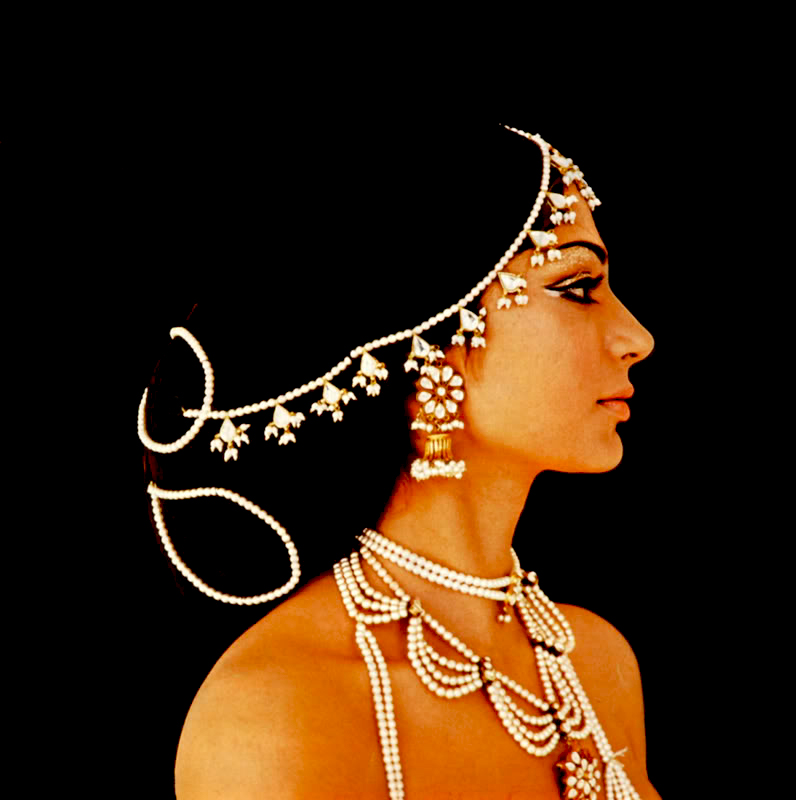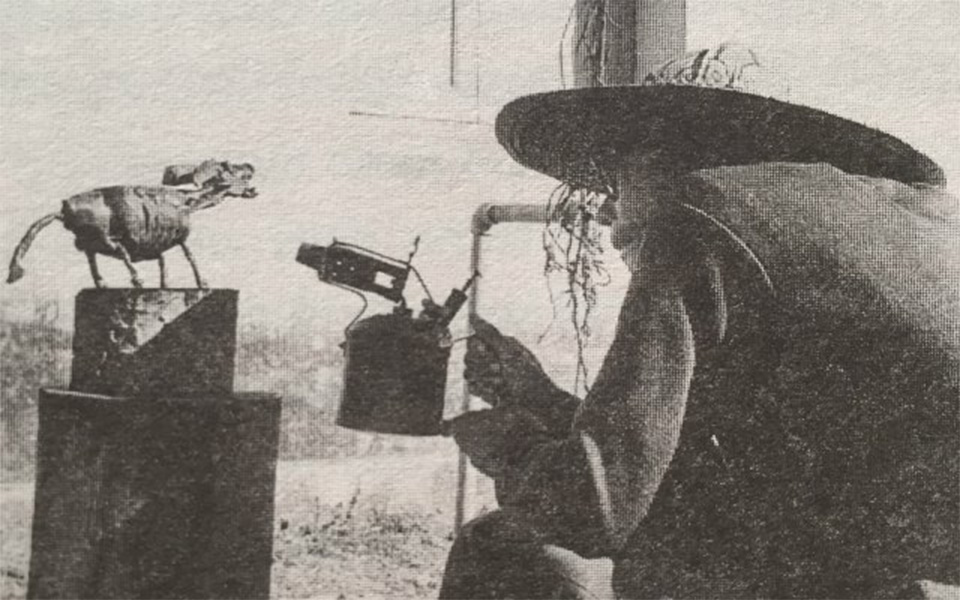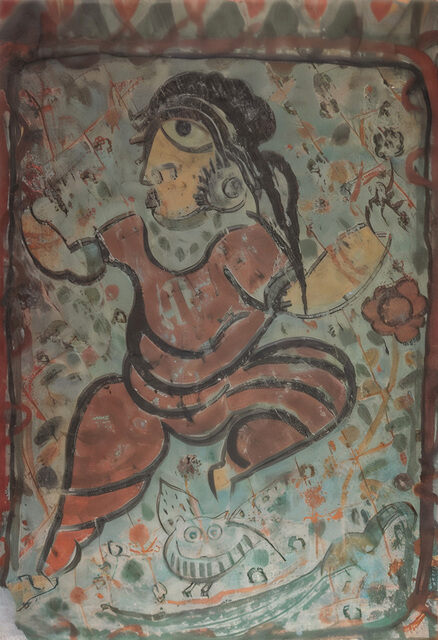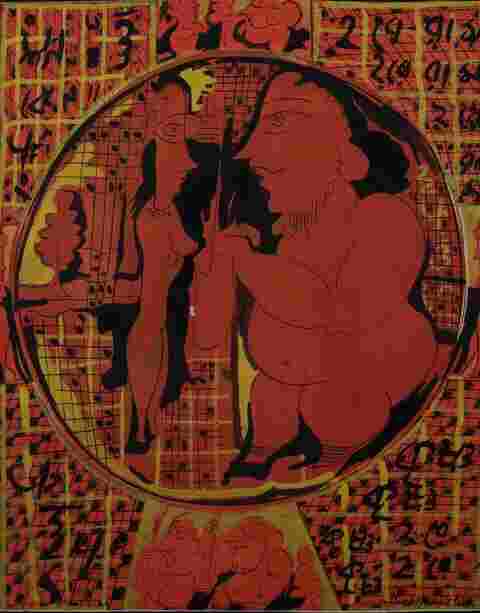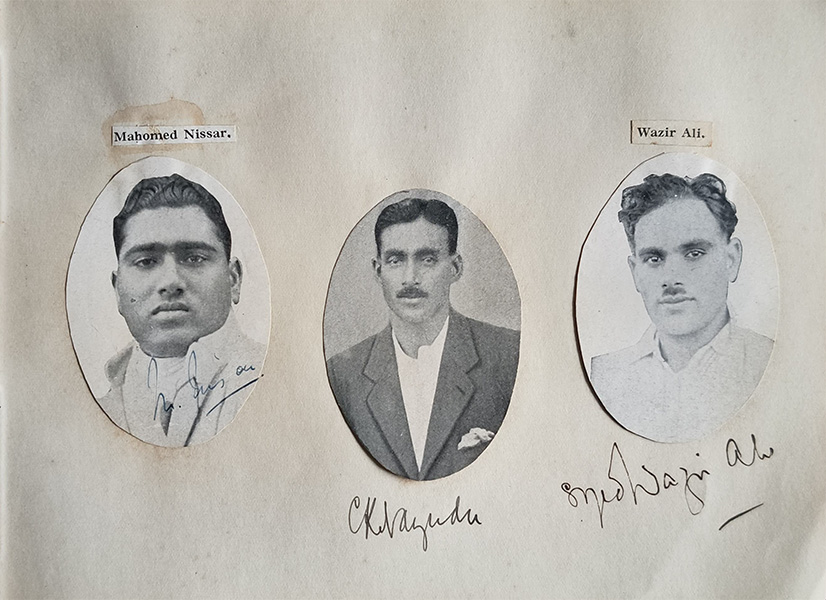Calcutta and the Lost Story of Modern Indian Art
Few artists in India's modern history have lived a life as inspiring as Satish Gujral's. Losing his hearing at a very tender age, he transformed silence into creative expression. A student of both the Mayo School of Art in Lahore and the Sir J.J School of Art in Bombay, Satish Gujral's creative journey spanned painting, sculpture, mural and even architecture.
Read More.jpg)
